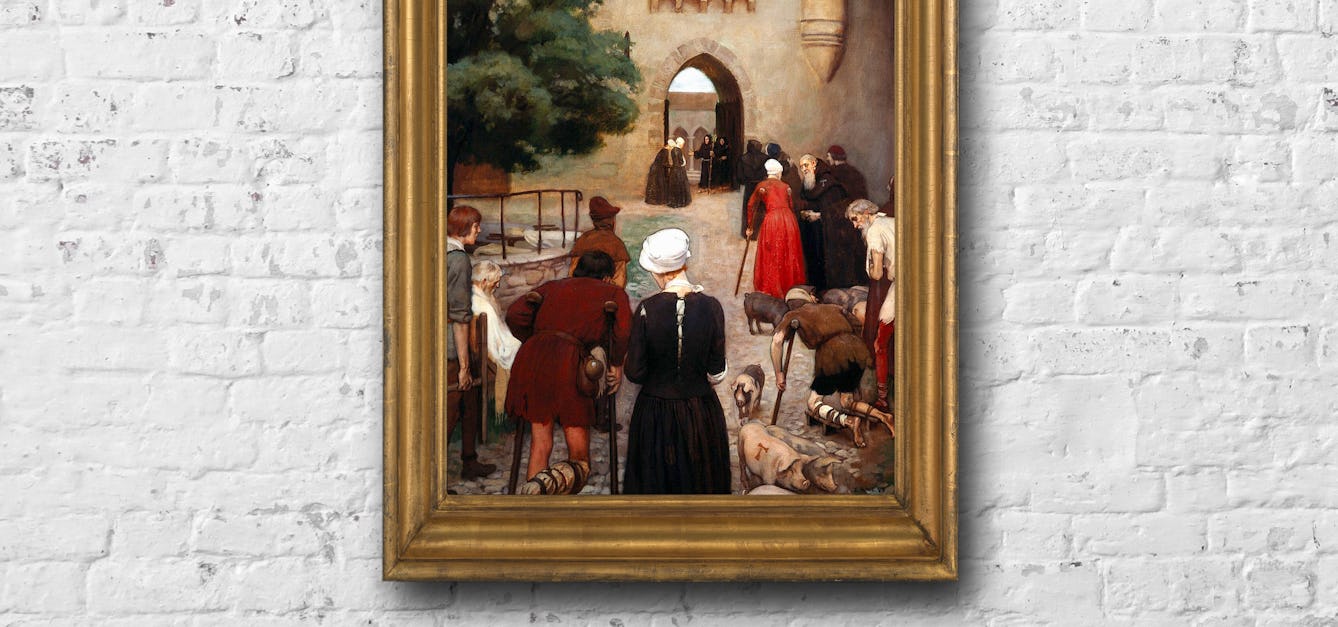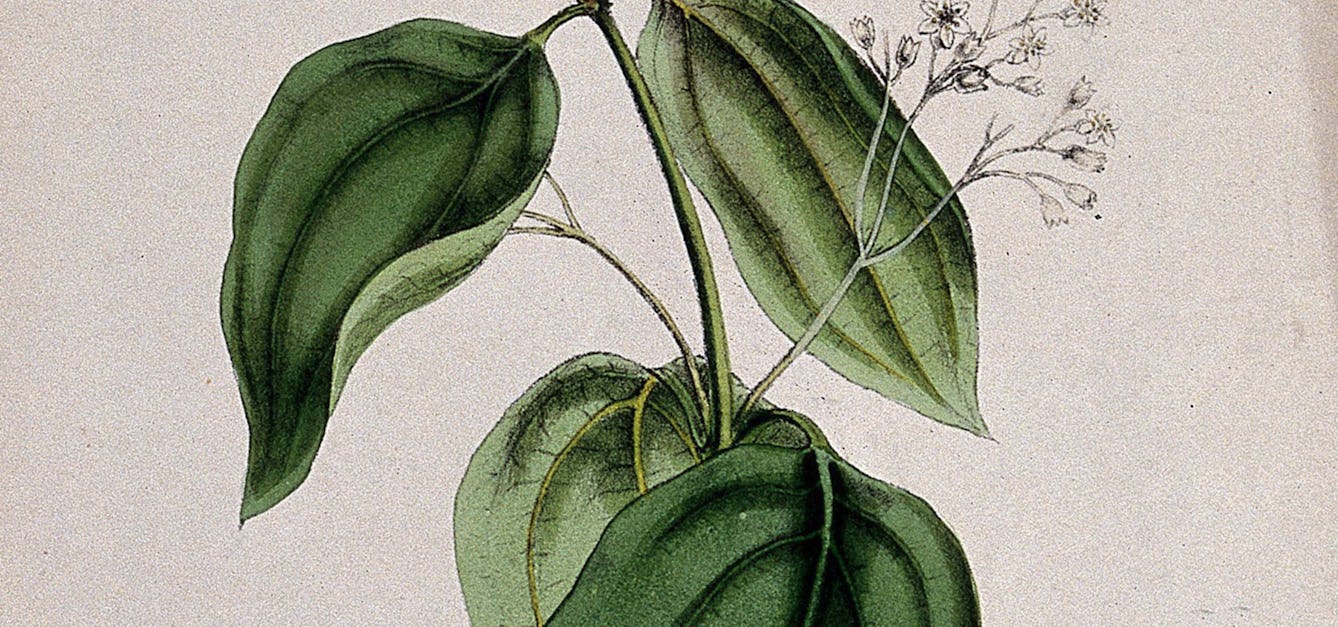Stories

- In pictures
Health and the medieval church
Historian Emma J Wells examines at how medieval European churches sought to keep their parishioners healthy.

- Article
When monarchs healed the sick
Our current Queen fortunately doesn’t have to spend hours laying hands on the sick to cure them. But it was a different story for monarchs of the early modern era, whose touch was a sought-after treatment for scrofula.

- Article
Getting sexy with cinnamon
Add some flavour to your love life with this spice. It will warm up more than just your buns.

- Article
Conflicted and confused about lithium
Covid-19 left Laura Grace Simpkins out of work and living back with her parents. She now had time to restart her research into her medication, but was she mad to continue?
Catalogue

- Books
- Online
Ingestion and excretion of iron in health / by Ralph Stockman.
Stockman, Ralph.Date: [1897]- Books
Lead ingestion in ancient times / R. Ted Steinbock.
Steinbock, R. Ted.Date: 1979- Books
Swallow : foreign bodies, their ingestion, inspiration, and the curious doctor who extracted them / Mary Cappello.
Cappello, Mary.Date: 2011
- Books
- Online
Des éruptions provoquées par l'ingestion des médicaments : thèse our le doctorat en médecine / par Jean Berenguier.
Bérenguier, Jean.Date: 1874
- Books
- Online
Oedema of the feet and legs due to the excessive ingestion of sodium chloride / by J.H. Bryant.
Bryant, John Henry.Date: [1905]









